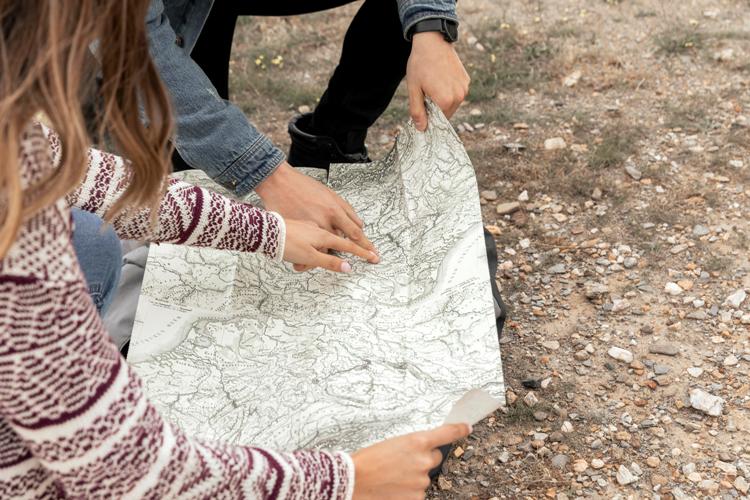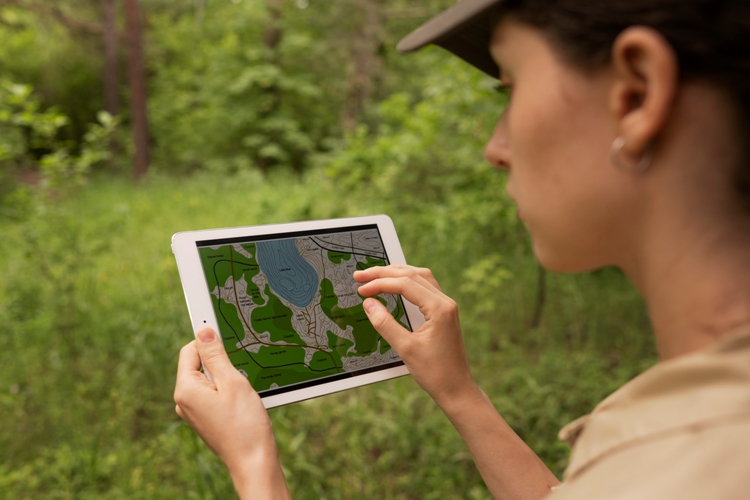Soil mapping is important to understand the health of the ground beneath our crops. It offers essential information for land use planning, agricultural management, and soil conservation. It helps in understanding the chemical, physical, and biological properties of the soil and helps in making informed decisions about soil management. There are different soil mapping strategies, and this blog brings you a comparative analysis of different soil mapping strategies.
Soil surveys offer information on soil parameters. This helps farmers to make accurate predictions on a specific piece of land and make the best use of it. An integrated soil survey delineates the groups of soils of a specific region, and it describes the characteristics using a specific mapping and classification system. The information on soil properties and their spatial distribution, offered by detailed and accurate maps, are crucial for land suitability analysis.
The Two Approaches for Soil Mapping
There are two approaches to soil mapping. One is the modern approach, that is also known as Digital Soil Mapping, and the other one is the traditional soil mapping.
Traditional Soil Mapping
The traditional soil mapping is conducted based on the Soil Mapping Unit (SMU). This is known as the distinguishable spatial object that delineates the areas on the earth’s surface with similar chemical and physical properties. This approach shows a certain degree of subjectivity in the delineations of the SMUs because their nature is transitional.
The physical soil in the landscape is segregated into discrete entities through the SMUs comprising one or more Soil Typological Units (STU). These represent the soil volumes within the same soil horizons. With the scales becoming more detailed, the number of STUs in an SMU reduces to the level of such detailed mapping where the boundary of the SMU becomes identical to the STU boundary. The progress in technology introduced new computer-based techniques of preliminary delineation of the SMUs.

SMU delineations are based on the principle that similar factors of soil genesis will create repeated geomorphological structures identified on the earth’s surface. The repetitive patterns are reflected in soils in the effect of soil-forming factors. It can be identified from continental to microscopic scales, including the cornerstone for soil identification and soil mapping at different scales. Therefore, SMU corresponds to a specific area in the map and to a specific part of the landscape within the physical environment.
The size of SMUs is determined by the soil mapping scale and the specific purpose of the survey. The Minimum Legible Delineation (MLD) is the smallest distinguishable area of any map that can be delineated legibly. When investigating which mapping scale is most appropriate for a specific soil/land use, MLD must be equal to or smaller than the minimum area of mapping interest for the specific soil/land.
Therefore, soil mapping in the same area in the semi-detailed and detailed scales will result in extended SMUs in the first case and less extended SMUs in the second case. The mapping scale influences the accuracy of the soil grouping in SMUs. Detailed and semi-detailed soil maps are used for agricultural applications like land resources assessment and land use planning. Nowadays, a plethora of soil surveys exist, especially on a detailed scale. This covers approximately 15% or more of the agricultural areas in a fragmented pattern.
Digital Soil Mapping
Digital Soil Mapping includes collecting spatial soil information systems using field and laboratory observations coupled with spatial and non-spatial soil inference systems. The process of digital soil mapping is the creation of geographically referenced soil databases based on quantitative relationships between spatially explicit environmental data and the observations made in the field and laboratory. The use of digital soil mapping techniques has evolved a lot because soil scientists have started using the latest tools for assistance in the mapping process.
Digital soil mapping is typically represented as a raster-based map that includes 2-dimensional calls (pixels) organized into a grid where each pixel has a certain geographic location, and it includes soil data. Digital soil maps illustrate the spatial distribution of soil classes or properties, and it can document the uncertainty of the soil. Digital soil mapping can also create initial soil survey maps and garner soil interpretations. It can help with rapid inventory, re-inventory, and project-based soil management in a changing environment.

Conventional soil mapping these days includes point observations in the field that are geo-referenced with GPS and digital elevation models visualized in Geographic Information Systems (GIS). However, the crucial distinction between digital soil mapping and conventional soil mapping is that digital soil mapping uses quantitative inference models to get predictions of soil properties in a geographic database (raster). Models based on data mining, statistical analysis, and machine learning organize different amounts of geospatial data into meaningful clusters to recognize spatial patterns.
Data used in digital soil mapping can be archived in a digital format in a GIS. Therefore, the expert knowledge used to predict soil distribution on the landscape is retained. Objective sampling plans can be implemented to capture the variability of the landscape statistically, represented by the digital environmental co-varieties (environmental data that represents the soil forming factors). The best thing about digital soil mapping is the ability to depict smaller segments of the landscape for traditional soil classes, continually representing chemical and physical properties in multiple dimensions and the generation of raster layers that represent the respective uncertainties. These features will allow soil scientists to represent their soil knowledge more completely and thoroughly share the soil knowledge to the users.
In Conclusion
When it comes to traditional soil mapping, the primary question is, “where is the boundary between the two soils?”. The focus is on the marginal areas. In digital soil mapping, the central concept is clearly defined, with variation expressed throughout the landscape. Digital soil mapping is the best option to create initial soil survey maps, refine or update the existing soil surveys, garner specific soil interpretations, and assess the risk. If you are searching for the best support in field mapping, get in touch with SoilOptix® today! Visit https://soiloptix.com/ for details.
